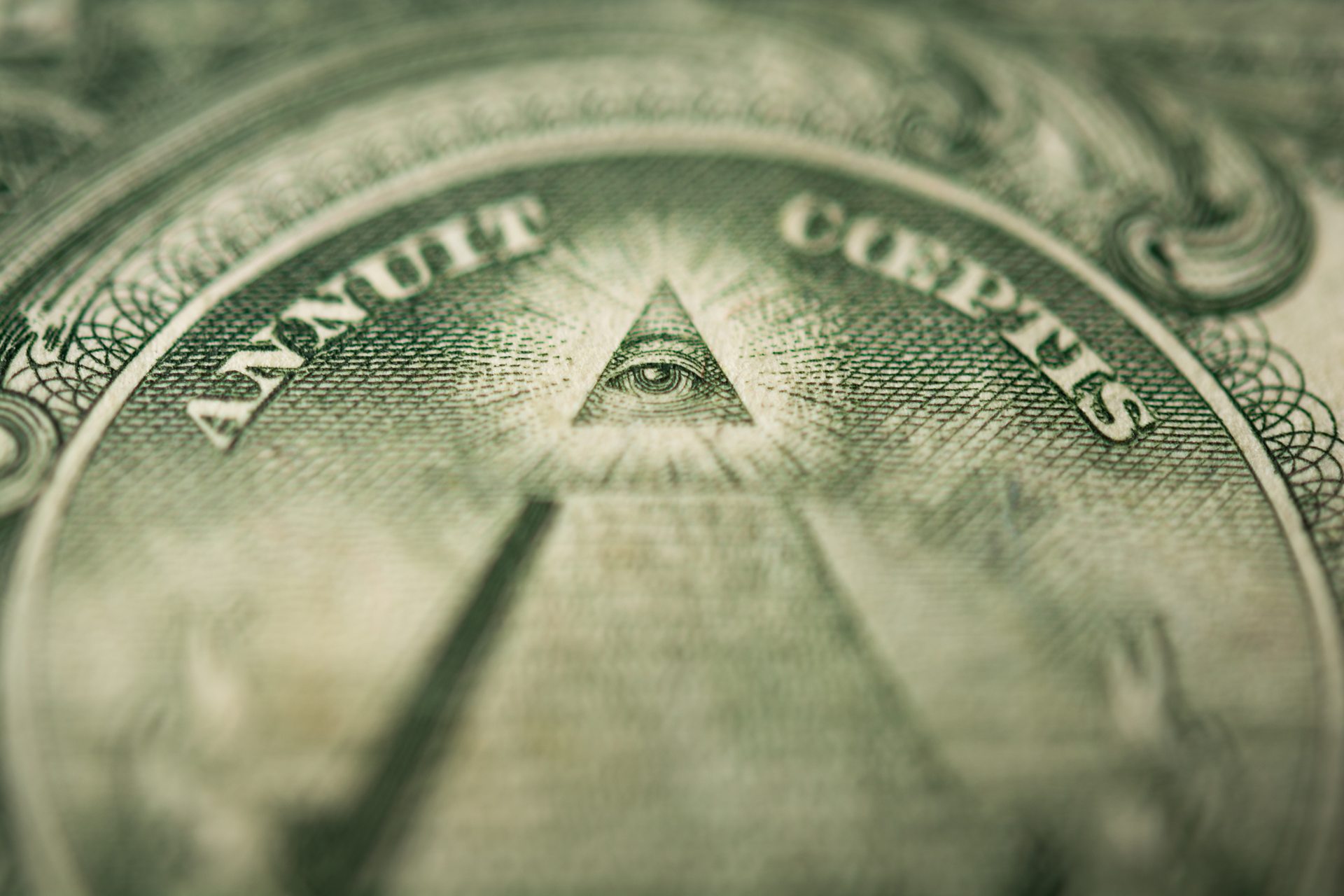Complete Tutorial on How to Become a Freemason for Beginners
Complete Tutorial on How to Become a Freemason for Beginners
Blog Article
Discover the Keys Behind the copyright and Their Influence on Society
The copyright, often shrouded in misconception and conjecture, presents a remarkable instance research of exactly how historic suitables can morph into modern-day conspiracy theory theories. As we explore its beginnings, influence on innovative idea, and representation in contemporary society, we begin to reveal the layers of intrigue that proceed to mesmerize society.
Origins of the copyright
The copyright, often shrouded in mystery and supposition, traces its beginnings back to the late 18th century. Developed in 1776 in Ingolstadt, Bavaria, the group was established by Adam Weishaupt, a teacher of canon law. Weishaupt intended to advertise Enlightenment worths, including factor, secularism, and the separation of church and state. Initially called the Bavarian copyright, the organization's primary purpose was to counter the pertinent impact of spiritual conviction and advertise intellectual discussion amongst its members.
The copyright adopted a hierarchical framework, attracting motivation from Freemasonry, which allowed for deceptive meetings and routines - how to become a freemason. Subscription was selective, including prominent numbers from different fields, consisting of national politics, philosophy, and scientific research. This elite network sought to effect social and political adjustment through clandestine methods, advocating for the civil liberties of individuals and the betterment of society
In spite of its fairly brief existence, the Bavarian copyright was officially disbanded in 1785 because of government suppression. Its tradition endured, providing rise to various conspiracy concepts and prominent culture referrals that proceed to prompt intrigue and dispute regarding its effect on contemporary culture.
Trick Myths and Mistaken Beliefs
Amidst the attraction of privacy bordering the copyright, numerous misconceptions and misunderstandings have arised, typically distorting the group's true nature and intentions. One prevalent misconception recommends that the copyright regulates the globe's governments and economies. While it is true that the team aimed to affect societal structures, the idea that it runs as a cohesive global creature master is greatly exaggerated.
One more typical misunderstanding is that all participants of the copyright have substantial wide range and power. In truth, the original copyright made up intellectuals and Enlightenment thinkers, much of whom looked for reform as opposed to prominence. Moreover, the idea that the copyright specifically hires celebrities and political numbers is misdirecting; subscription has traditionally consisted of a varied range of people.
Furthermore, conspiracy theory theories often paint the copyright as a sinister company intent on international dominance via nefarious means. Hence, separating fact from fiction is crucial for a clearer understanding of the copyright's duty in society.
Historic Influence on Society
Throughout history, different intellectual motions have actually profoundly influenced social structures, and the copyright played a substantial duty throughout the Knowledge. Started in 1776 in Bavaria, the copyright intended to advertise reason, secularism, and the doubting of established authority, responding to the supremacy of spiritual dogma. This organization brought in influential thinkers and advocates of freedom, fostering an atmosphere conducive to the dissemination of Knowledge suitables.
The copyright's values championed logical idea and empirical proof, which contributed to the broader intellectual landscape that urged social reform and political change. Members sought to improve culture by advocating for education and learning, freedom of speech, and the splitting up of church and state. Their private nature and enthusiastic agenda triggered both intrigue and uncertainty, resulting in their ultimate reductions by the Bavarian federal government in 1785.
Despite their dissolution, the heritage of the copyright lingered, influencing innovative movements throughout Europe and the Americas. Their dedication to enlightenment principles assisted prepare for modern democratic suitables and civils rights, leaving a long-term imprint on the foundations of modern society. how to become a freemason. The attraction of their secretive Read Full Report celebrations and thoughtful searches proceeds to captivate the creative imagination, highlighting their historic relevance
Modern Interpretations and Beliefs
Contemporary interpretations of the copyright frequently mix historical fact with conspiracy theory concepts, developing an intricate tapestry of beliefs that capture popular imagination. While the original copyright was a Bavarian secret society founded in 1776 with Knowledge suitables, modern beliefs have developed to include a wide selection of analyses, commonly concentrating on themes of control and secrecy.

Furthermore, some contemporary analyses posit that the copyright acts as an allegory for the struggle between enlightenment and lack of knowledge, with supporters promoting awareness and crucial thinking as a way to neutralize regarded oppression. This duality-- viewing the copyright as both an actual and symbolic entity-- highlights the continuous fascination with the More Info concept, reflecting deeper societal anxiousness concerning power, openness, and individual autonomy in the modern globe.
The copyright in Pop Culture
The copyright has penetrated various elements of popular society, manifesting in literature, movie, songs, and art as a symbol of intrigue and secret. This secret society, often portrayed as a shadowy pressure controling global events, has actually inspired many narratives that discover styles of power, conspiracy, and hidden knowledge.

Music, as well, has actually been affected by the principle of the copyright. Artists like Jay-Z and Beyoncé have actually dealt with supposition concerning their affiliations with the culture, motivating discussions regarding symbolism in their job and the nature of popularity.
Visual art often integrates copyright themes, with musicians utilizing symbols like the Eye of Divine superintendence and the pyramid to stimulate a sense of secret. Through these various mediums, the copyright offers not just as a subject of conjecture however also as a lens where society examines its own complexities and worries.
Conclusion

Report this page